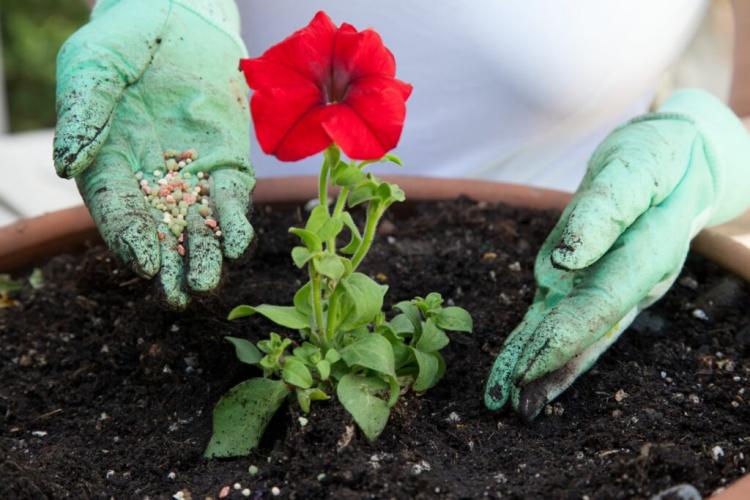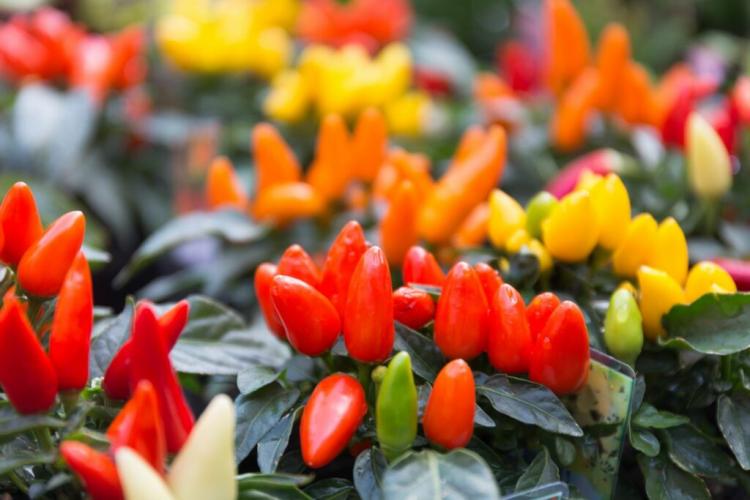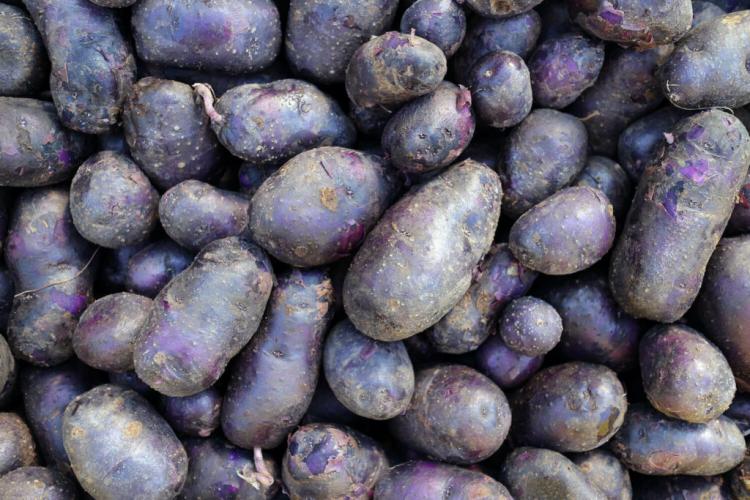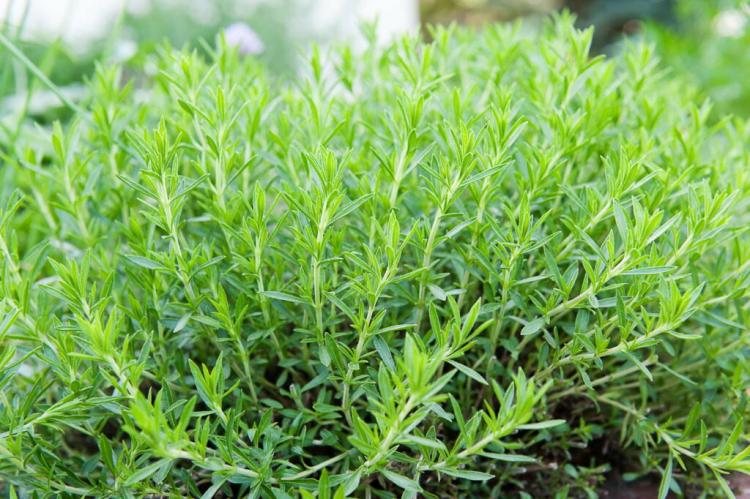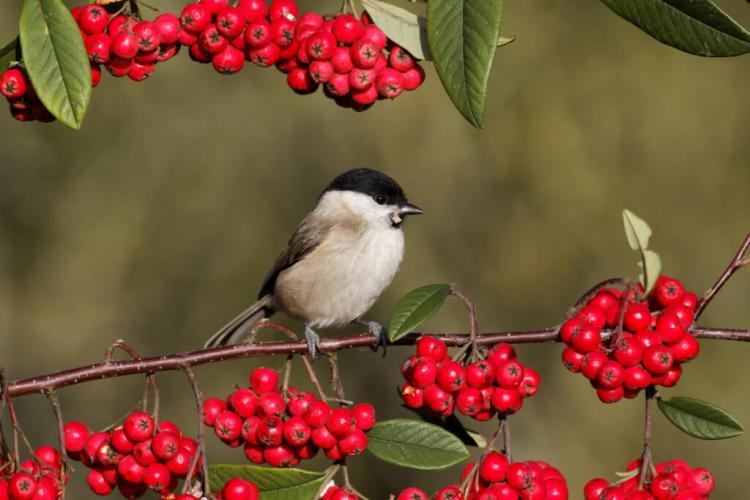Poa pratensis: properties & uses of the meadow panicle
The meadow panicle ( Poa pratensis ) is a common component of lawn seed mixtures. Here you can find out everything about the properties and uses of the grass.
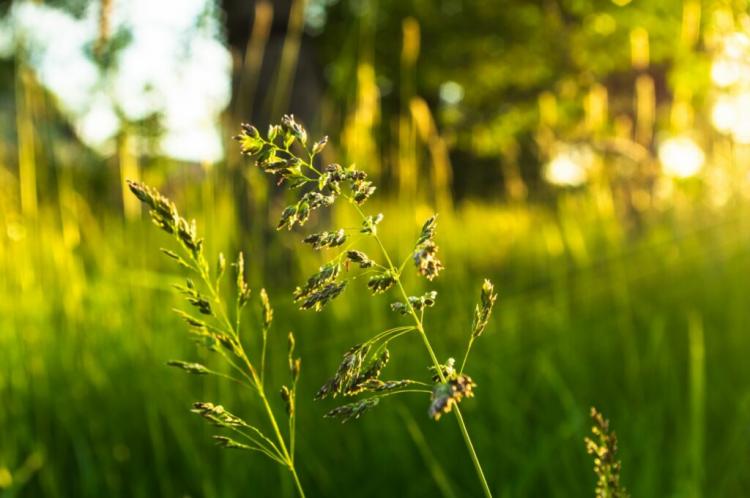
Poa pratensis is native to us and can be found in almost every house lawn [Photo: Marco.Warm / Shutterstock.com]
The panicle inflorescences are probably familiar to you, even if you are not interested in botany at all. When the tall stalks with the seeds sway in the wind in midsummer, you can hardly imagine that the seeds of the meadow reps enrich almost every house lawn. With their considerable durability, particularly good varieties of meadow panicle have also made it into our Plantura lawn seed mixtures in premium quality, but more on that later.
Poa pratensis : origin and description
Table of Contents
Like most lawn grasses, Poa pratensis belongs to the sweet grasses ( Poaceae ). It grows all over the northern hemisphere, but meadow bluegrass can also be found in Africa, Australia and even in the Antarctic. The Latin species name pratensis means nothing more than “growing on meadows”.
At the natural site, the meadow panicle grows through the formation of strong subterranean runners to form lawns, so it tends to grow in large, gapless groups. It can grow 20 to 60 centimeters high and blooms between May and July in panicles that hold new seeds of Poa pratensis. The leaves are dark green to blue-green and can vary in width and hairiness. In addition to the meadow bluegrass, there are also other types of bluegrass that can also be found in house lawns. Our Plantura shadow lawn also contains, for example, common panicle gas ( Poa trivialis ), grove panicle grass ( Poa nemoralis ) and the extremely shadow-tolerant lager panicle ( Poa supina ).
Tip: The fact that the meadow bluegrass naturally forms a dense carpet explains its very good suitability for lawn grass. Since the subterranean runners give the grass resistance to mechanical impact, it is used in sports field turf, utility turf and also our durable Plantura sports and play turf in premium quality.
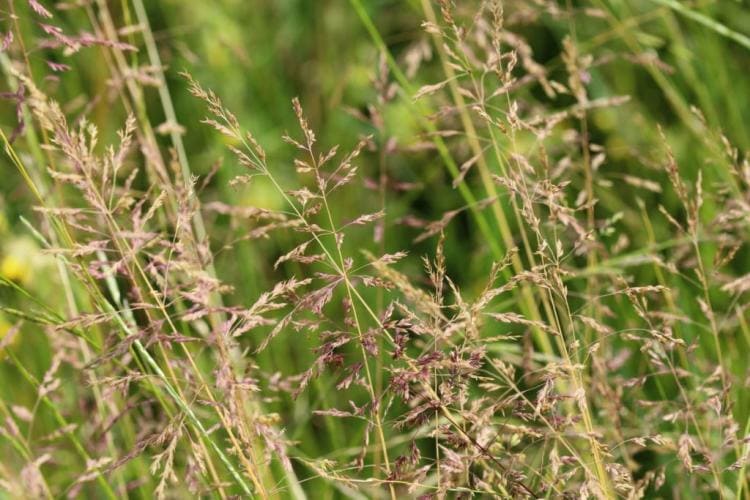
The inflorescences of Poa pratensis can be found on every meadow in Germany in summer [Photo: Mr. Meijer / Shutterstock.com]
Properties and use of the meadow panicle
So that you have all the important properties of the meadow panicle at a glance, we have created an overview table for you. Then you will learn everything about using Poa pratensis.
What are the properties of Poa pratensis ?
The meadow panicle in brief
| features | Dense and firm sward due to strong runners, leaves are dark green, drought tolerant |
| Expectations | Medium to high nutrient supply, normal soil without waterlogging |
| Durability | High to very high thanks to very hard-wearing, extremely hard-wearing and dense sward |
| use | Sports and play lawns, dry lawns, shadow lawns, sports field lawns |
| Germination time and development | Slow germination and initial development, later completion of scarring; competitive growth after the establishment |
| Minimum cutting height | Depending on the type, 30 to 40 mm |
| particularities | Hardy, some varieties prone to leaf spot disease, unsuitable for wet locations |
The meadow panicle has a long germination phase and slow initial development. Once Poa pratensis has established itself, however, it is a valuable mixing partner – its drought tolerance, the low susceptibility to most lawn diseases, the dense, firm scar and the associated durability are used, for example, on heavily used sports fields. In addition, there is the beautiful, dark green color that persists in many varieties for a long time, even in winter. The meadow panicle is not at all suitable for deep pruning and wet locations: it then grows weak and light and is easily displaced by other grasses.
Expert tip: Are you unsure whether Poa pratensis will feel comfortable in your garden because you often see stagnant water on the surface? Then a deep loosening of the subsoil is warmly recommended. If you have a very clay-rich soil, however, the compaction will arise again in a short time. You can counteract this by incorporating four to five cubic meters of sand, expanded clay or lava grit per 100 square meters. The promotion of humus through mulch mowing and fertilization with a primarily organic lawn fertilizer such as our Plantura organic lawn fertilizer maintain and improve the loosening and vitality of the soil in the long term, so that the lawn can grow healthy and strong.
How is Poa pratensis used?
Poa pratensis is very valued as a perennial forage grass in pasture farming. In the home garden area, it is represented in almost all mixtures because of its high resilience and drought tolerance. It can therefore also be found in large proportions in our Plantura sports and play lawn, the Plantura dry lawn and – in somewhat smaller quantities – in our Plantura shadow lawn. Its frequent use on sports fields proves its high resistance even under extreme use.
Different varieties of Poa pratensis
As a result of the breeding process, some undesirable properties such as susceptibility to leaf spot disease have already been enormously weakened. Positive properties such as step resistance and wintergreen, however, have been further improved. Here we present some particularly recommended varieties that also enrich our Plantura Premium lawn seed mixtures.
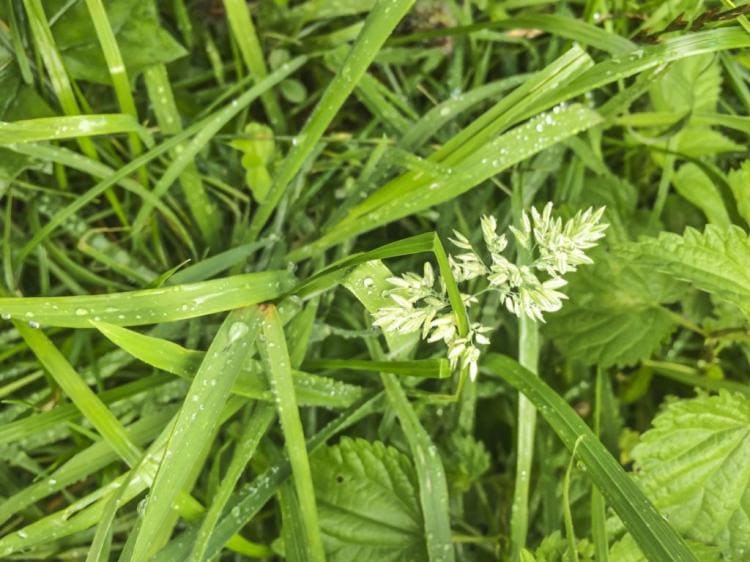
The meadow panicle has a relatively broad, coarse leaf [Photo: arousa / Shutterstock.com]
Poa pratensis ′ Joker ':
Slow growing, also relatively green in winter, rather coarse and broad leaves, extremely high density of stigmas, very competitive with weeds. Very hard-wearing and high resistance to rot. Very suitable for sports and play lawns as well as hard-wearing lawns, less suitable for ornamental lawns
Poa pratensis ′ Sombrero ':
Slow growing, also relatively green in winter, rather coarse and broad leaves, high density of stigmas and good competitiveness against weeds. Medium to high durability. Slight susceptibility to some lawn diseases. Good suitability for sports and play lawns, medium suitability for hard-wearing lawns, not very suitable for ornamental lawns
Poa pratensis ′ Barhelene ′:
Fast growing, still relatively green in winter, rather coarse and broad leaves, extremely high density of stigmas, competitive with weeds. Medium durability. Low susceptibility to lawn diseases. Good suitability for sports and play lawns, less suitability for hard-wearing lawns or ornamental lawns
Poa pratensis ′ Greenplay ′:
Very slow growing, still relatively green even in winter, rather coarse and broad leaves, extremely high density of stigmas, competitive with weeds. Good durability. Low susceptibility to lawn diseases. Best suitability for sports and play lawns, suitability for hard-wearing lawns, hardly suitable for ornamental lawns.


